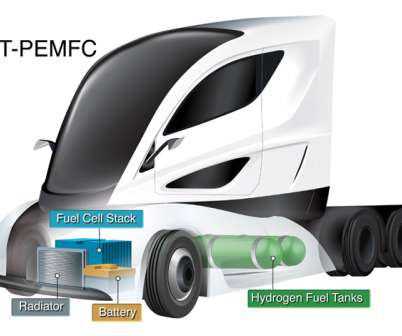U Kentucky CAER receives $1M for carbon fiber research
Green Car Congress
JULY 2, 2017
Department of Energy (DOE) grant to continue their research in developing low-cost, high-strength carbon fiber. The center’s Carbon Materials Technologies Group received the award for a project titled “Precursor Processing Development for Low Cost, High Strength Carbon Fiber for Composite Overwrapped Pressure Vessel Applications.”


























Let's personalize your content